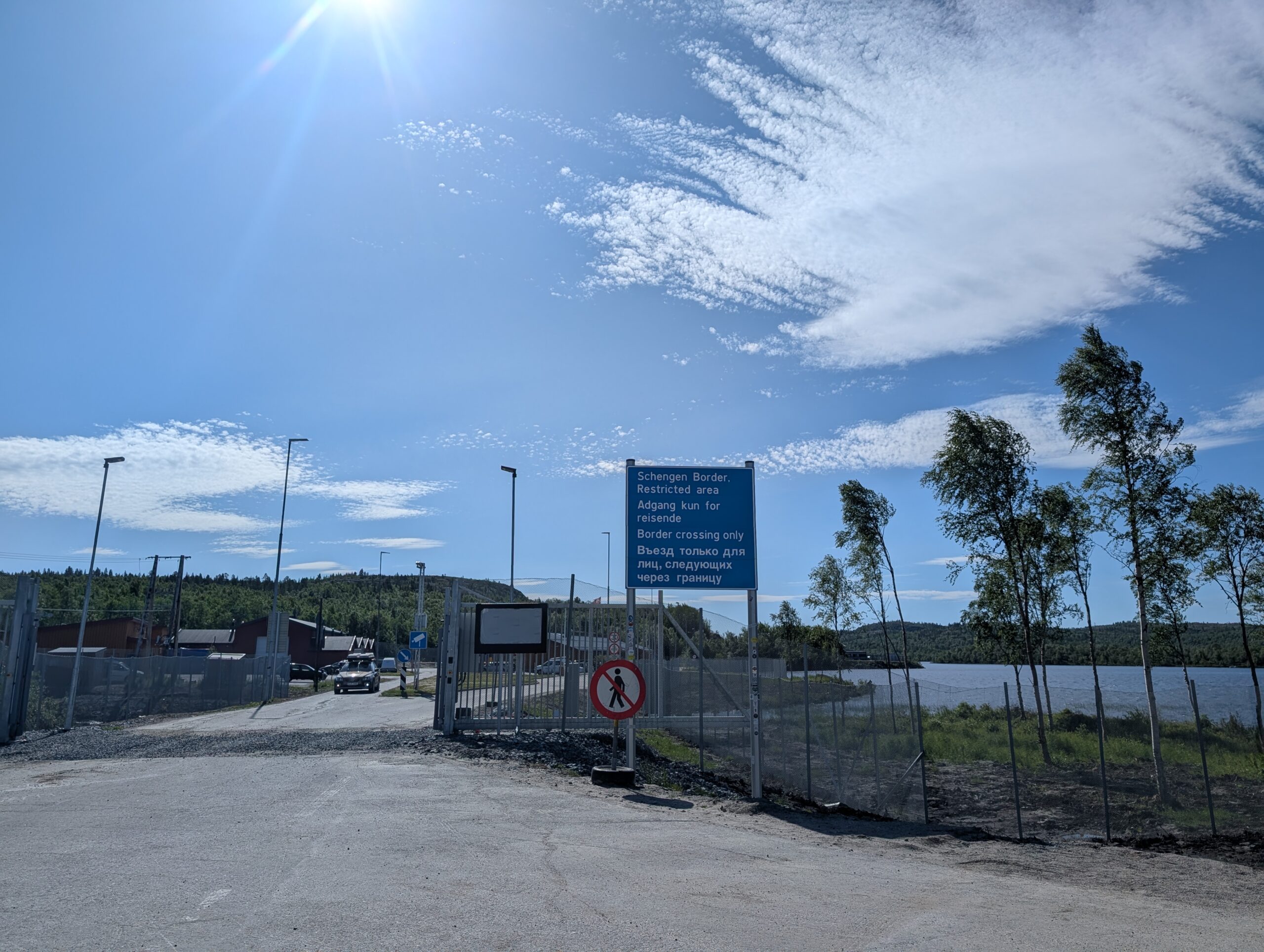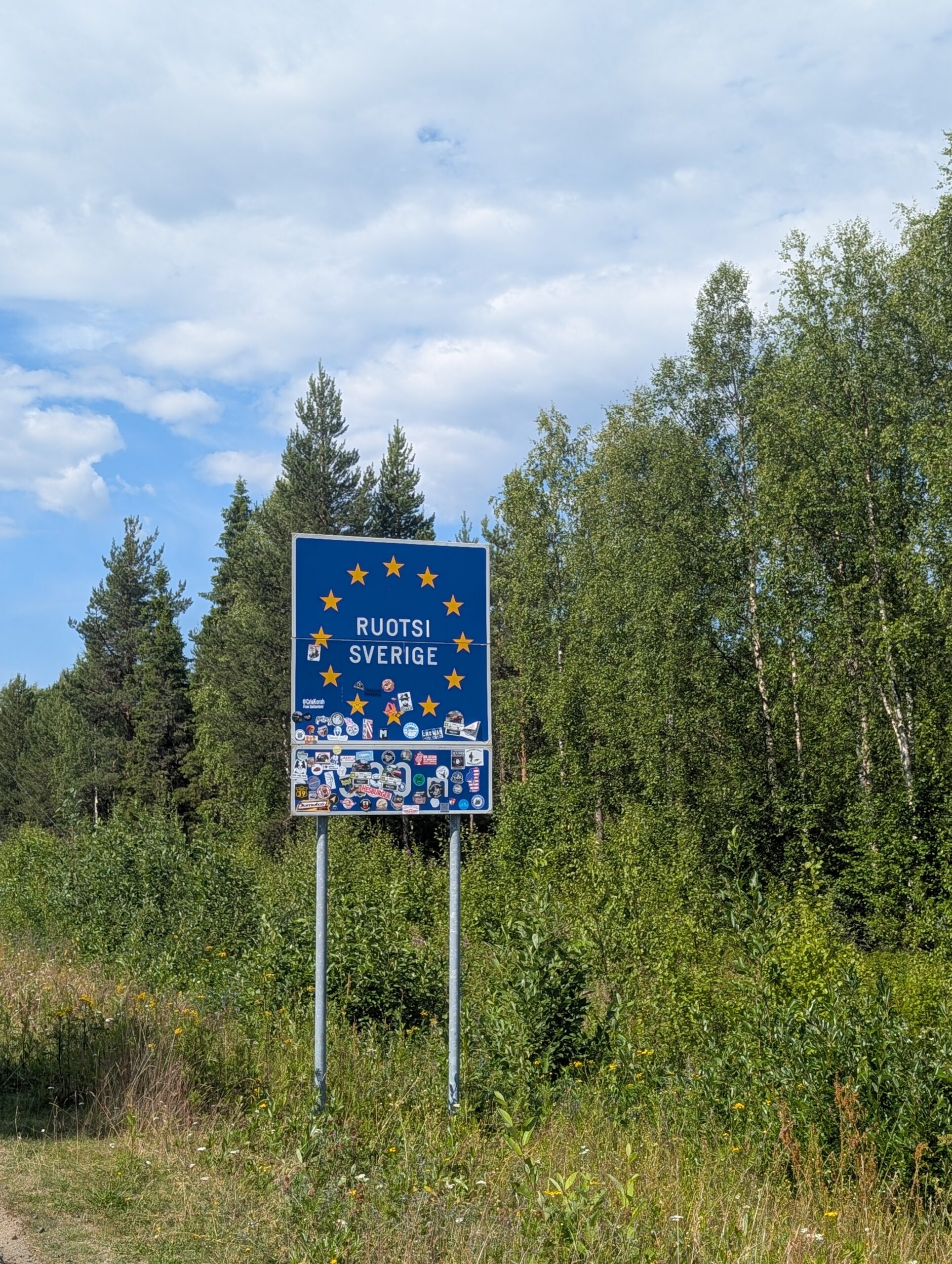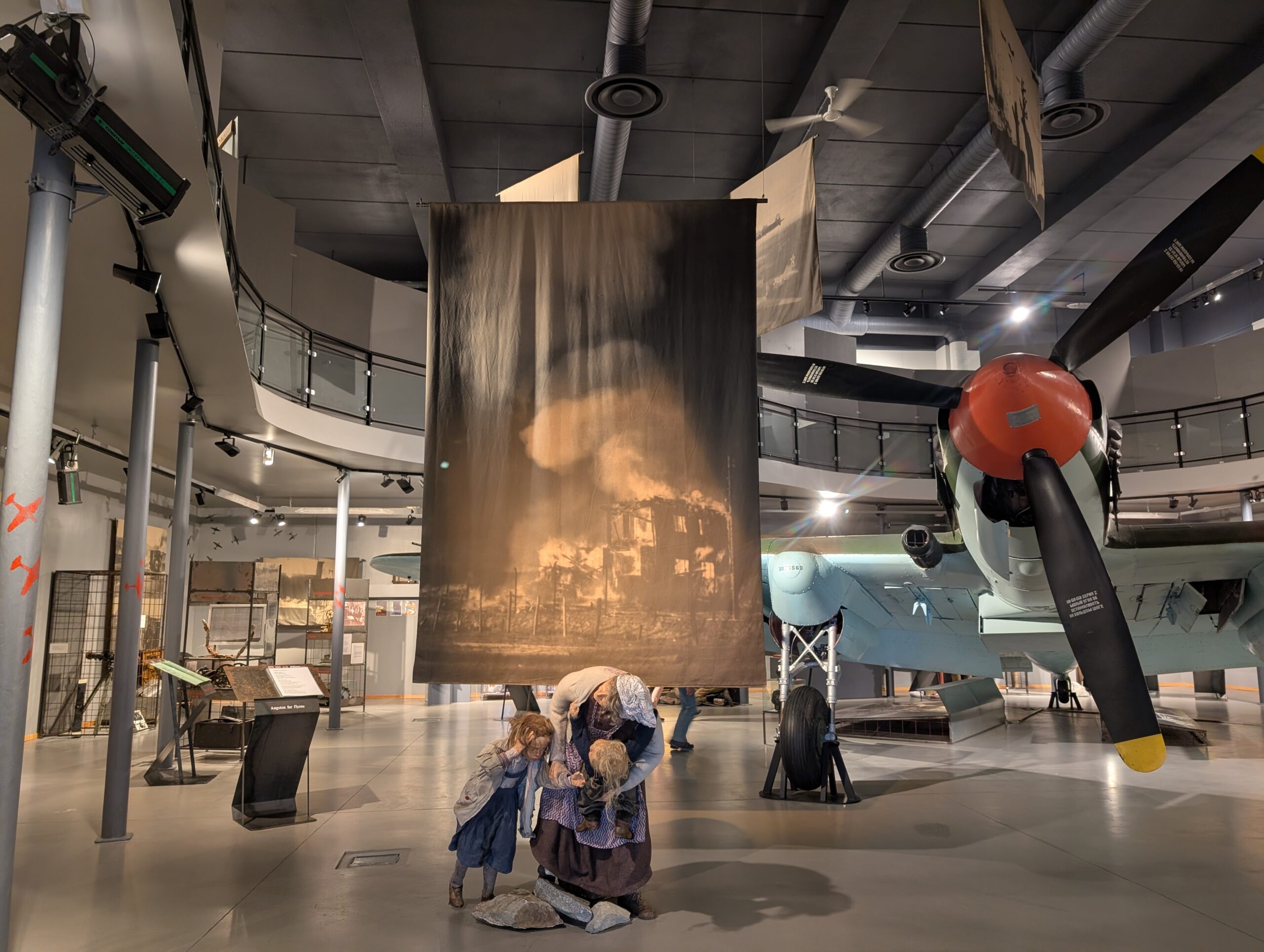By Iris Yim
On my visit to Scandinavia this summer, I stopped by a border museum in Kirkenes, in northern Norway, near the Russian border. The exhibits—and the very existence of a museum dedicated to this topic—made me reflect on the meaning of a border.
On our road trip from Denmark to northern Norway, we crossed many borders. We took a ferry from Helsingør in Denmark to Helsingborg in Sweden, drove through Sweden to Oslo, and continued through Sweden and Finland to northern Norway, by the Barents Sea in the Arctic Ocean. At each crossing, there were no checkpoints—just a sign by the highway, a time zone change on my smartphone, and a shift in language and currency. Credit cards were accepted everywhere. I never had to exchange money. In these Nordic countries, there is virtually no “border” in the traditional sense.

That impression changed dramatically when we passed the Russian border on our way to visit family in Sør-Varanger. Today, the border is heavily guarded and firmly closed. Prior to the war in Ukraine, there had been frequent exchanges—locals on both sides of the border had special permits to visit nearby areas. These days, no one crosses.

Our Norwegian relatives, Marja and Geir, told us that cell signals in the area are often jammed. You could easily incur hefty fees for international roaming, and they even suspect their phones are being monitored. The atmosphere of distrust runs deep. Geir, for instance, refuses to consider buying Chinese electric vehicles—despite their technological edge—because he’s concerned that if geopolitical relations sour further, parts and servicing could be cut off.
But it wasn’t always this tense. During World War II, Norwegians and Russians fought side by side against the Nazis along this strategically critical front. A group of Norwegians known as the “Partisans” even joined the Russian army and conducted guerrilla-style resistance near the border. Coming from the U.S., where we’re used to hearing immigration stories and celebrating frontier spirit, “border” takes on a new meaning here. It feels like the literal end of the world—the edge of human activity in the northern hemisphere, apart from ships in the Arctic Ocean.

My mother-in-law’s family originally came from Finland. Seeking unoccupied land, they trekked north and ended up in the remote fishing outpost of Hamningberg, at the furthest tip of Norway, living alongside just a few other families. Today, the area is supported by modern infrastructure: electricity, plumbing, internet, postal service, online shopping, and regional airports. Kirkenes, once a pellet mining town, now has a brand-new hospital. But back then, there was little—just the sea’s fishing bounty and a punishing, nine-month winter of darkness and snow. The land is too barren for trees, so timber had to be imported from Finland.
Still, somehow people made a life here. The wooden house where my mother-in-law’s father was born still stands. As I stood beside it—once home to two families, each with a dozen children—I imagined the wind and cold seeping through its cracked walls and marveled at how they endured. What kind of resilience does it take to choose to live in such conditions, so far from the rest of the world?

Standing at the edge of Hamningberg, where land gives way to the Arctic Ocean, I was struck by how borders—visible or not—shape history, community, and human experience. In some places, they fade into the background. In others, they are deeply felt, etched into daily life by politics and memory.
These places remind us that borders are more than lines on a map. They’re reflections of trust or tension, of connection or fear. They show how people adapt, endure, and sometimes flourish at the very edges of the world.
